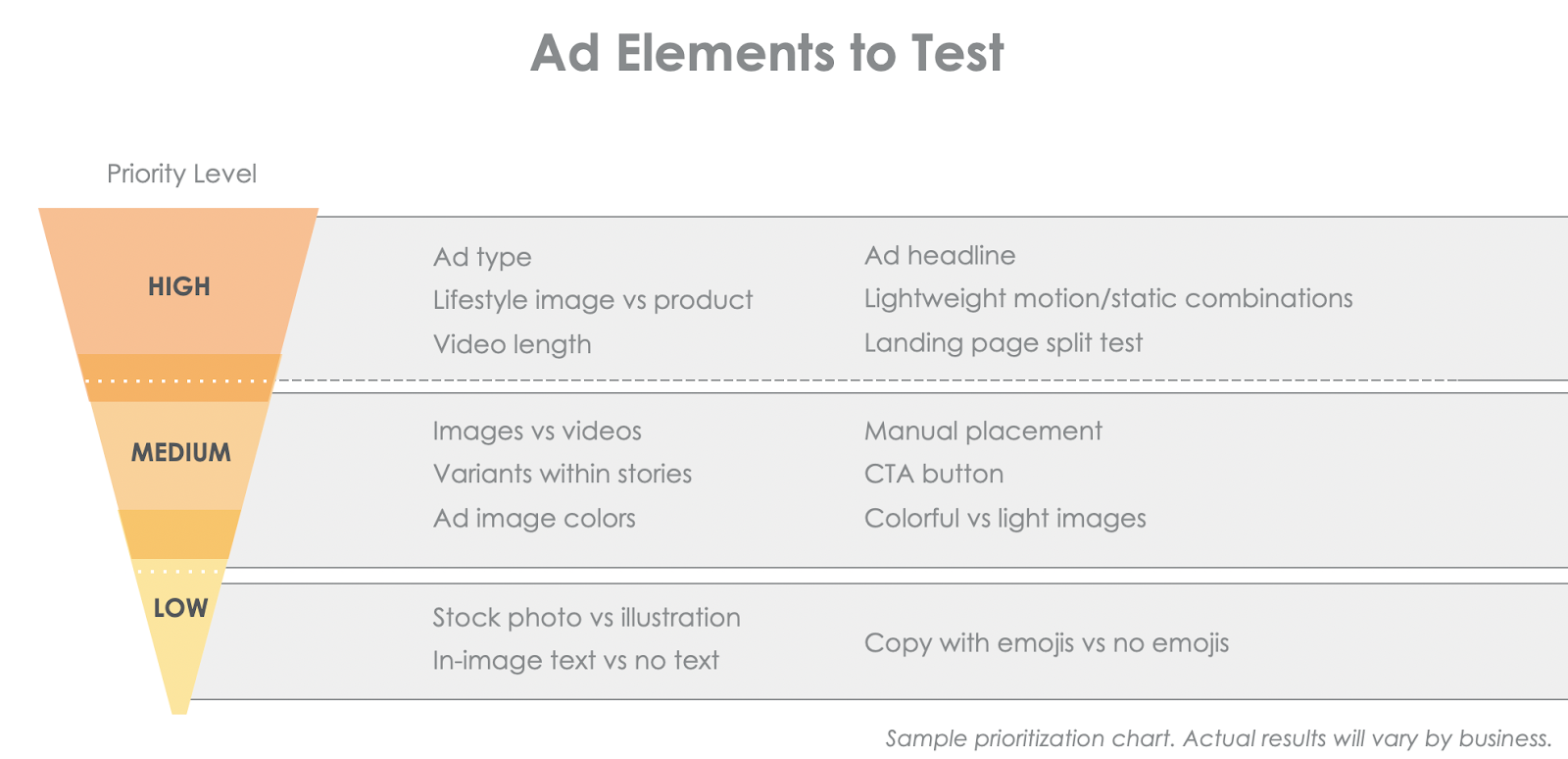Creative That Converts: Social Media Best Practices Webinar
More Resources
Blog Post
July 25, 2024
You Heard That Right. Third-Party Cookies are Here to Stay. What Now?
Discover how Google's latest announcement on third-party cookies impacts the digital landscape. Learn the history, implications, and future strategies for advertisers in a privacy-centric web.
Learn more
Blog Post
July 8, 2024
Walled Garden Attribution is Making Things Worse, Not Better
Discover the challenges of walled garden attribution in digital advertising. Learn how limited data sharing impacts campaign performance and explore independent solutions for accurate attribution amidst rising costs and economic pressures.
Learn more
Blog Post
May 13, 2024
Retail Media Networks and the Call for Standardization
Dive into the challenges and opportunities of retail media networks (RMNs) as we explore the need for standardization in measurement metrics. Discover actionable insights for optimizing revenue and navigating the evolving landscape of digital marketing.
Learn more

